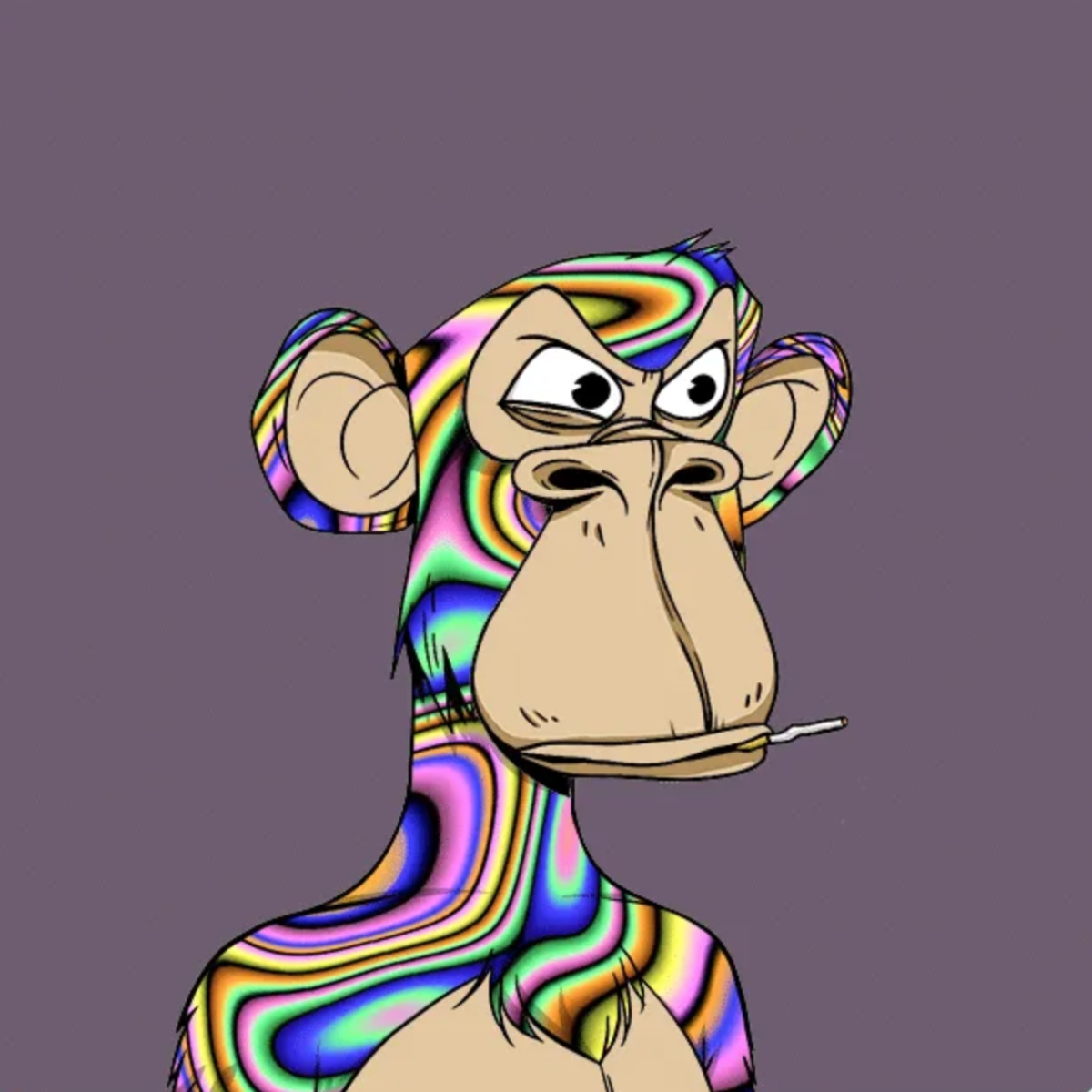THE number of unique NFT buyers dropped below 800,000 for the first time in 2022 last month, spooking some investors with sale volume also declining by 40 per cent since January’s $4.4 billion.
But are we in a bear market?
What is a bear market?
A bear market is when a market experiences prolonged price declines while a bull market is when prices are rising or expected to rise.
But because the NFT market moves and develops so fast, the “prolonged period” may be shorter than traditional markets.
Sign up to get our weekly and monthly metaverse news round-ups direct to your inbox
What causes a NFT bear market?
A decline in trading volume
Trading volume accounts for both buying and selling and is a sign of market demand.
A drop in trading volume usually means there are no buyers even if people are panic selling and allowing assets to go at a reduced price.
New projects aren’t selling
If new projects with a lot of hype aren’t selling, it’s usually a sign of weakened demand.
A failure to sell out could be caused by general NFT fatigue, an oversupply of collections, or a lack of new buyers in the space.
Declining floor prices
It isn’t uncommon for floor prices to drop as quickly as they rose for smaller projects so you need to look at projects with larger supplies and with a higher distribution of holders.
The larger number is a better approximation of overall market sentiment.
Look at projects that are more established as there are a lot of collections built on hype which die because the hype dies rather than because of a weakened market.
Are we in a NFT bear market?
The short answer is yes.
In March global NFT sales fell by 21 per cent to $2.3billion from $2.92 billion in February 2022.
The fall over the last month has caused a blow for NFTs and digital collectibles, as new buyers look to previous months’ data to decide whether or not to invest.
Global NFT sales volume reached an all-time high in August 2021.
Bored Ape Yacht Club (BAYC) recorded $297 million in sales while NBA TopShot also generated $37 million in sales volume. Total sales volume for the entire NFT market hit around $4.91 billion.
The NFT market usually follows the price patterns of Bitcoin and altcoins meaning the bear market towards the end of 2021 didn’t help global NFT sales.
August 2021’s record dipped by 33 per cent to around $3.27 billion in September 2021, and a further 46 per cent decline to around $2.61 billion in December 2021.
Overall, the total difference between the sales in August 2021 and March 2022 is $2.61 billion – a 53 per cent decline in just 7 months.
What has caused the decline in NFT sales?
Transactions
Total transactions reached an all-time high of around 6.16 million in November 2021.
This milestone was surpassed in 2022 when transactions surpassed 6.8 million in both January and February.
But March couldn’t repeat that milestone and ended with around 5.45 million transactions.
March’s transactions were an 11 per cent drop from November 2021’s number, and around 20 per cent lower than in January and Februarys 2022.
Unique Buyers
The total number of unique buyers in November 2021 reached 901,078.
This decreased slightly to 886,550 in December 2021 but despite a drop in sales in February and March 2022, the total number of unique buyers in the first two months of 2022 was good.
January recorded 944,234 unique buyers, up on November and February recorded 879,261 unique buyers.
But the total number of unique buyers in March 2022 reached just 630,461 – a 30 per cent decrease from November 2021’s value and a 28 per cent decline from February 2022’s number.
Average sale price
March’s average sale price was $422.17 while the average back in August 2021 was $1,120.42.
Because more NFTs have been created and more people have entered the space over the course of the past 7 months, the basic laws of demand and supply have set in.
Will the NFT market recover?
The majority of analysts across the board believe the market will recover despite the recent dip.
Pedro Herrara, a senior blockchain analyst with DappRadar said, the same risk-off sentiment due to tightening monetary policy and geopolitical uncertainty must have spooked NFT buyers.
“We could attribute drops to people looking to capitalize on NFT gains during these uncertain times,” Herrara said, “and move their holdings to ‘safer,’ more liquid digital assets like BTC, ETH, and stablecoins.”
Jason Bailey, a creator and longterm NFT collector said he’s not surprised by the decline.
“Past bear markets gave the community the opportunity to focus and build without the frenzy,” Bailey said. “I’d argue the market grew too fast last year and a pullback could be helpful for the longer-term health of the market.”
CryptoSlam chief marketing officer Yohann Calpu is confident the market will bounce back. He said: “Historically, NFT bear markets are very short-lived and given the 70x of NFT sales since November 2020, a cool off is expected.”
